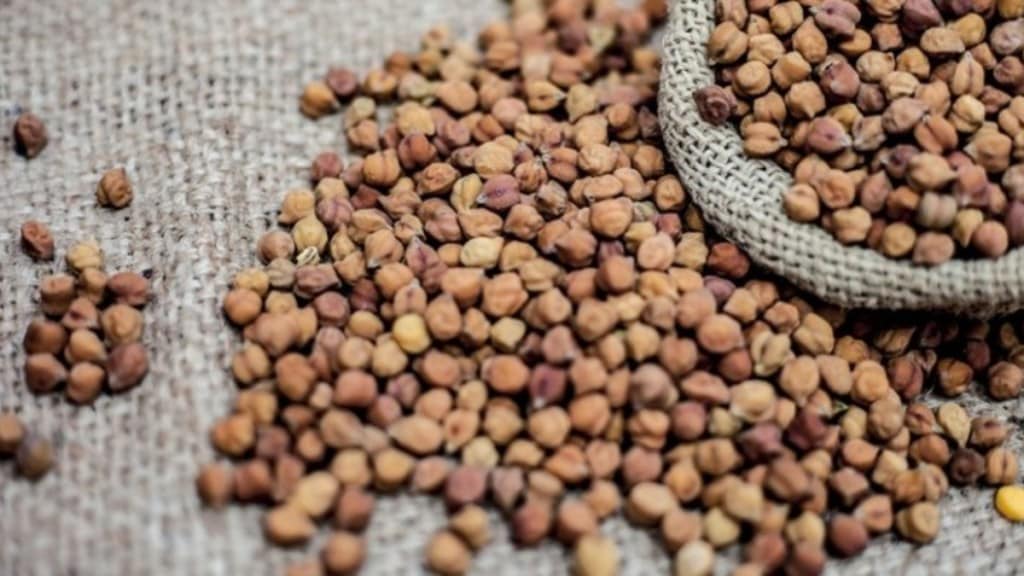India is likely to import about 1.1 million tonne (MT) of desi chana (bengal gram) from Australia to improve domestic supplies that have been hit by lower production.
This is in addition to the import of 1.6 MT of yellow peas, which is used as a substitute for chana, after the abolition of import duty on it was announced in December last year.
Because of a sharp fall in chana production, which accounts for 50% of the total pulses production in the country, the government has initiated several measures such as the abolition of import duties on yellow pea and bengal gram, essentially aimed at encouraging farmers in other pulses-growing countries to enhance output. “The government’s well-timed decision to remove chana import duty last month sent a positive signal to growers in Australia, resulting in an increase in seeding this year,” Harsha Rai, head, Mayur Global Corporation, a leading pulses trading firm, told FE. The harvest from Australia is expected to arrive in the country around September.
The government last month removed import duty on desi chana and extended the import duty exemption on yellow peas till October to curb the spike in chana prices. The price rise in chana has been in the double digit since October 2023. Prices of chana are currently ruling around Rs 7,100 per quintal in the key producing states of Rajasthan and Madhya Pradesh against the MSP of Rs 5,440. Traders say the price crossed Rs 7,000 per quintal for the first time in recent years. According to the agriculture ministry estimate, the production of gram in the 2023-24 crop year will be at 11.57 MT, lower than 12.26 MT in the previous year. However, trade sources pegged the output at much below the official estimates.
As prices are ruling above the MSP, trade sources said only around 40,000 tonne of chana has been purchased by farmers’ cooperative Nafed in the current marketing season (April-June) against the target of one million tonne under the price support scheme (PSS).
Nafed had purchased 2.3 MT and 2.6 MT of chana under PSS in the 2023-24 and 2022-23 seasons, respectively which had given a boost to the buffer.
Sources said the buffer of chana has currently dipped significantly against a norm of 1 MT.

